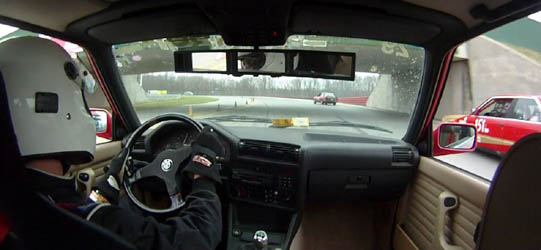The camber on the front driver side is -1.3. On the passenger side, it's -2.1. Car was involved in some sort of collision on the passenger side before I owned it, but no obvious damage to suspension components can be seen.
Anyway, I had the car taken in for an alignment a short while ago. The toe was adjusted so that it's a little positive now, but the camber was left alone (obviously). Before the alignment, the steering wheel had to be pointed about 5-10 degrees to the left for the car to go straight (ie, car drifted a little to the right if steering wheel straight). After the alignment, it's now the reverse, but much less (<5 degrees)-- straight steering wheel will make car drift very subtly to the left. The guys at the alignment shop said they've done everything they could.
My question is if the difference in camber (very high on right side) could cause the car to do this.
Anyway, I had the car taken in for an alignment a short while ago. The toe was adjusted so that it's a little positive now, but the camber was left alone (obviously). Before the alignment, the steering wheel had to be pointed about 5-10 degrees to the left for the car to go straight (ie, car drifted a little to the right if steering wheel straight). After the alignment, it's now the reverse, but much less (<5 degrees)-- straight steering wheel will make car drift very subtly to the left. The guys at the alignment shop said they've done everything they could.
My question is if the difference in camber (very high on right side) could cause the car to do this.




Comment